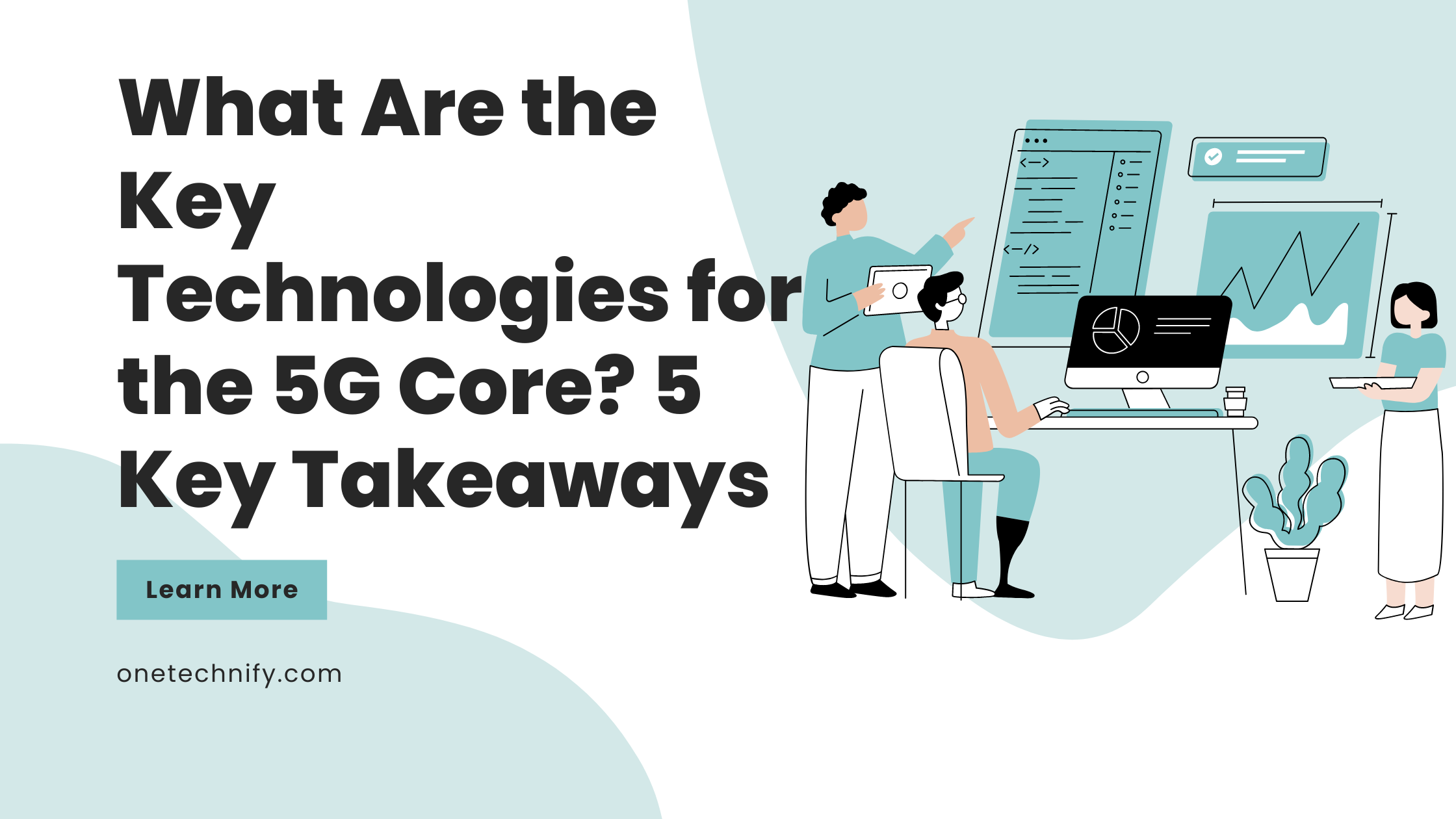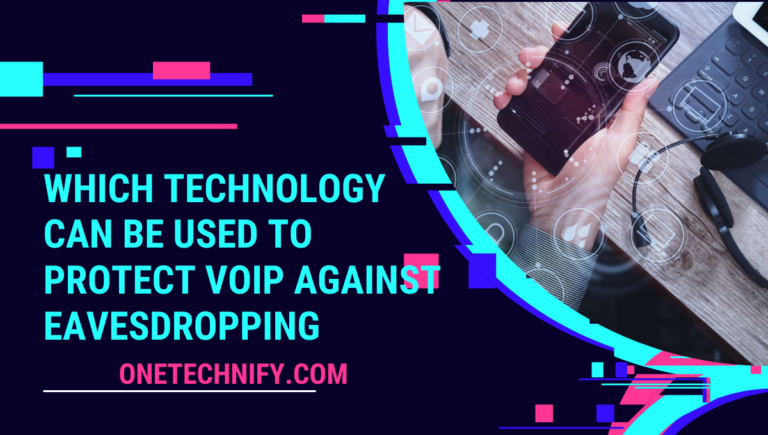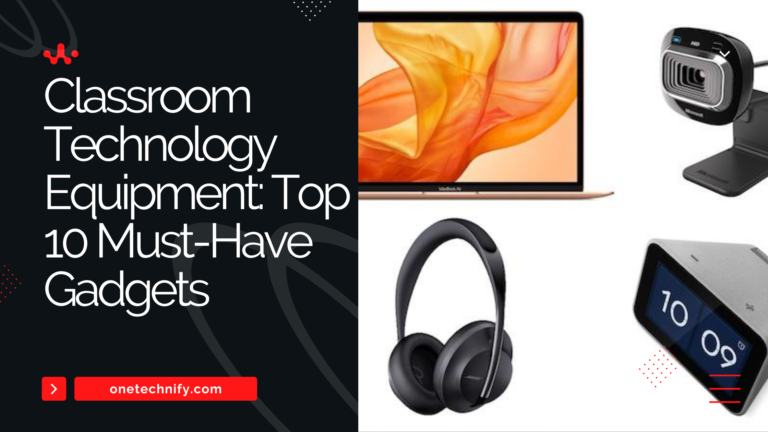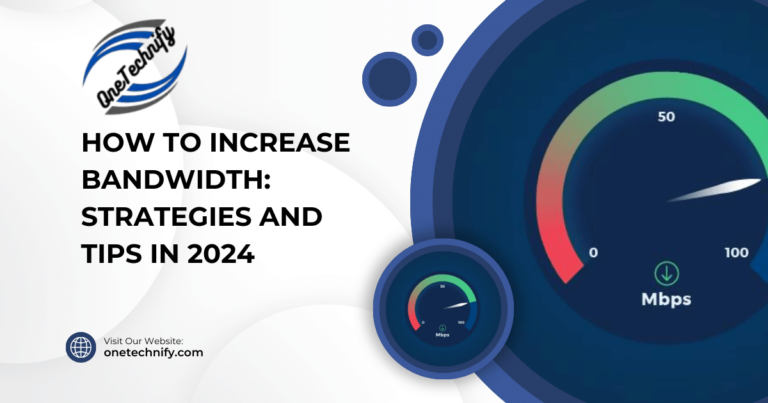What Are the Key Technologies for the 5G Core: The world of wireless networks is evolving rapidly, and the key technologies driving this transformation are the 5G core technologies. These cutting-edge advancements serve as the bedrock for next-generation networks, enabling lightning-fast data speeds and ultra-low latency for mobile broadband. With 5G at its core, users can enjoy a seamless and immersive experience like never before on their mobile phones, thanks to 4G and 3GPP release advancements.
The 5G core is designed to connect lots of things and do many different things. It can help make cities smarter, improve healthcare, and make self-driving cars possible. It is better than 4G and can do more things. Let’s learn more about how it works with mobile phones and networks.
Key Enabling Technologies for the 5G Wireless Mobile:
Massive MIMO (Multiple Input Multiple Output) technology enhances network capacity and coverage.
Massive MIMO is a key technology in the 5G core that significantly improves network capacity and coverage for 4G and 5G phones. Utilizing multiple antennas at both the transmitter and receiver, it allows for simultaneous transmission and reception of multiple data streams, maximizing bandwidth. This enables higher data rates, improved signal quality, and better overall performance in radio communication systems. With Massive MIMO, mobile operators can support a larger number of users simultaneously while maintaining high-speed connections.
Millimeter wave frequencies enable higher data rates in dense urban areas.
Millimeter wave frequencies play a crucial role in delivering high-speed communications in densely populated urban areas, especially for mobile networks. These frequencies provide wider bandwidths, allowing for faster data transfer rates compared to lower frequency bands used in previous generations like 4G or 3GPP releases. By leveraging millimeter waves, phones can establish a strong connection and offer blazing-fast download and upload speeds to meet the increasing demands of mobile broadband users. This is crucial for radio communication and efficient use of the spectrum.
Network Function Virtualization (NFV) allows flexible deployment of network functions on cloud infrastructure.
Network Function Virtualization (NFV) is an essential technology for the 5G core that enables flexible deployment of network functions on cloud infrastructure. NFV virtualizes various network functions, such as 4G radio access networks, base stations, and core network components. By virtualizing these functions, mobile operators can dynamically allocate resources based on demand, leading to improved scalability, cost-efficiency, and faster deployment of new services. NFV plays a crucial role in the positioning of 4G phones and NR technology.
Technology Inventions Driving 5G Expansion:
Beamforming technology
- Improves signal strength and coverage in specific directions.
- Enhances connectivity for next-generation devices.
- Enables faster data transmission and reduces latency for industrial IoT applications by optimizing network performance and leveraging the 4G network infrastructure. This improvement is achieved through the implementation of a robust and efficient logical network.
Small cell networks
- Enhance capacity and coverage in densely populated areas.
- Provide seamless connectivity for businesses and consumers.
- Support new use cases such as smart cities and connected vehicles with the help of mobile phones and mobile network services, utilizing the power of 4G.
Edge computing
- Enables low-latency applications by processing data closer to the end-user using a mobile core service for 4G positioning.
- Enhances real-time decision-making for critical tasks.
- Supports industrial IoT deployments with faster response times.
New technology is making our connections and communication better. 4G and mobile phones are important for 5G. Beamforming technology helps improve signal strength and coverage in certain directions. This is good for devices and makes data transmission faster. Spectrum use is also important. Small cell networks help in crowded places and make connections better. They also help with smart cities and connected cars. Edge computing is important for 5G and industrial IoT. With new technology, 4G can do more things and have cool features like foldable screens and better pictures. This is good for businesses and people.
Access and Location Independence in 5G Core
- Users can seamlessly switch between different types of networks (e.g., Wi-Fi, cellular, and 4G) with access independence. The architecture allows for a smooth transition and release of connections, ensuring efficient connectivity. Additionally, the introduction of NR technology further enhances network capabilities.
- Uninterrupted connectivity is ensured regardless of physical location or mobility through location independence in the network architecture. The 4G and NR technologies enable seamless connectivity for various things.
- Access and location independence enable consistent services across various devices in a network architecture. This is especially important in the use of 4G technology, as it allows for seamless connectivity between different things.
Access Independence:
- Users have the flexibility to switch between different networks such as Wi-Fi and cellular effortlessly, making it easier to take advantage of the latest 4G architecture release. This allows for seamless connectivity and enhances the overall user experience.
- This allows for uninterrupted connectivity even when transitioning from one network to another, thanks to the advanced 4G architecture. It is important to note that this feature is available in the latest release of our product.
Location Independence:
- Regardless of their physical location or movement, users can stay connected to the 4g network architecture without any disruptions. This ensures a seamless connection for all things, allowing for uninterrupted communication and access to information.
- This ensures a seamless 4G experience irrespective of whether they are stationary or on the move, as the network architecture is designed to handle both scenarios.
Consistent Services:
- With access and location independence, users enjoy consistent services across all their devices in a network architecture. This release ensures that things remain seamless and convenient for users.
- Regardless of the network or their current location, users can access the same features, applications, and functionality. This applies to all things related to architecture and the release.
Standalone vs. Nonstandalone: Understanding 5G Core Difference
The standalone (SA) architecture enables the release of a fully independent 5G network, separate from existing infrastructure. With SA, the 5G core operates autonomously, enabling advanced features and functionalities for things.
- SA architecture offers enhanced capabilities like network slicing, allowing operators to divide their network into virtualized slices tailored for specific applications or user groups. This ensures optimal performance and resource allocation. The release of SA brings exciting new things to the table.
Nonstandalone (NSA) architecture combines existing LTE networks with new 5G components for the initial release of 5G. It serves as an intermediate step towards full-fledged 5G implementation, ensuring a smooth transition between the two things.
- The NSA network architecture allows for a smooth transition from LTE to 5G by leveraging the existing infrastructure while introducing new 5G radio capabilities. This release enables faster deployment of initial 5G services, making things more efficient and effective.
Network Slicing: Revolutionizing Connectivity in 5G Core
Network slicing is a cool new thing in 5G that makes the internet better. It creates special networks for different needs and industries. This makes the internet faster and gives us better services. It’s a big deal and it’s making the internet better.
- Tailored Networks: With network slicing, it becomes possible to create multiple virtual networks, known as slices, within the same physical infrastructure. Each slice operates independently with its own set of resources, security measures, and quality of service parameters. This enables operators to cater to diverse needs without compromising on network performance.
- Efficient Resource Allocation: Network slicing allows for efficient resource allocation by dedicating specific resources to each slice based on its unique requirements. This ensures optimal utilization of network resources and improved scalability. For example, a slice dedicated to IoT devices may prioritize low latency and high bandwidth, while a separate slice for autonomous vehicles may require ultra-reliable communication.
- Customized Services: One of the biggest advantages of network slicing is the ability to offer customized services tailored to specific use cases or industries. For instance, healthcare providers can have their own dedicated slice with strict security measures and guaranteed bandwidth for telemedicine applications. Similarly, smart cities can benefit from slices that prioritize data transmission from sensors and enable real-time monitoring.
Key Takeaways on 5G Core Technologies:
- 5G core technologies release drive faster speeds, lower latency, and massive connectivity in mobile networks.
- Key elements like MIMO, millimeter wave frequencies, and NFV play a vital role in expanding the capabilities of 5G.
- These technologies enable advantages such as enhanced data transfer rates and improved reliability.
- The use of MIMO (Multiple Input Multiple Output) technology allows multiple data streams to be transmitted simultaneously, increasing capacity and efficiency.
- Millimeter wave frequencies provide higher bandwidth for faster data transmission, enabling seamless streaming and real-time communication.
- Network Function Virtualization (NFV) enables flexible deployment of network functions as software on virtual machines or cloud infrastructure, reducing costs and enhancing scalability.
- The 5G core ensures round trip time is minimized, resulting in reduced delays during data transmission.
- Access and location independence ensure uninterrupted connectivity across various networks and locations.
By leveraging these key technologies within the 5G core, mobile networks can deliver significantly faster speeds with lower latency while supporting a massive number of connected devices. This advancement opens up new possibilities for transformative applications such as autonomous vehicles, remote surgeries, smart cities, and more. As the world embraces the potential of 5G’s key technologies, we can expect a future where seamless communication and unprecedented levels of connectivity become the norm.
Conclusion: What Are the Key Technologies for the 5G Core?

The 5G core uses key technologies that shape wireless mobile connectivity. Here are the main points:
1. Key Technologies: These make 5G faster, with less delay and more capacity.
2. Technology Inventions: Beamforming, massive MIMO, and millimeter-wave frequencies improve 5G performance.
3. Access and Location Independence: 5G lets you connect from anywhere, on any device.
4. Standalone vs. Nonstandalone: Understand the difference to know how 5G works with existing infrastructure.
5. Network Slicing: Customized virtual networks for different industries and applications.
To use these technologies, follow these steps:
1. Learn about the latest developments in 5G technology.
2. Find ways to add these advancements to your current systems or products.
3. Work with experts who can help you use these technologies well. By using these new technologies, you can do more and keep up with the digital world.
FAQs
Q: How will adopting 5G core technologies benefit my business?
By adopting 5G core technologies, your business can experience faster speeds, reduced latency, increased capacity, improved reliability, and enhanced connectivity options. These benefits can lead to improved productivity, better customer experiences, and the ability to leverage emerging technologies such as IoT and AI.
Q: Are there any specific industries that can benefit from 5G core technologies?
Yes, various industries stand to benefit from 5G core technologies. Some examples include healthcare (telemedicine, remote patient monitoring), transportation (autonomous vehicles, smart traffic management), manufacturing (smart factories, industrial automation), and entertainment (augmented reality, virtual reality).
Q: What are the potential challenges in implementing 5G core technologies?
Implementing 5G core technologies may involve challenges such as infrastructure upgrades, compatibility with existing systems, cybersecurity concerns, and regulatory considerations. However, partnering with experienced technology providers can help navigate these challenges effectively.
Q: How can I ensure a smooth transition to the 5G core?
To ensure a smooth transition to the 5G core, it is essential to conduct thorough planning and testing. Engage with experts who can assess your current infrastructure, identify areas of improvement or modification, and provide guidance throughout the implementation process.
Q: Will adopting 5G core technologies require significant financial investment?
While implementing 5G core technologies may involve initial investments in infrastructure upgrades and equipment, the long-term benefits can outweigh the costs. It is important to consider factors such as improved efficiency, enhanced customer experiences, and potential revenue growth when evaluating the return on investment.
Q: How can I stay updated on new developments in 5G technology?
To stay updated on new developments in 5G technology:
- Follow reputable industry publications.
- Attend conferences or webinars focused on 5G advancements.
- Engage with industry experts through forums or networking events.
- Collaborate with technology partners who actively track and implement emerging trends.






